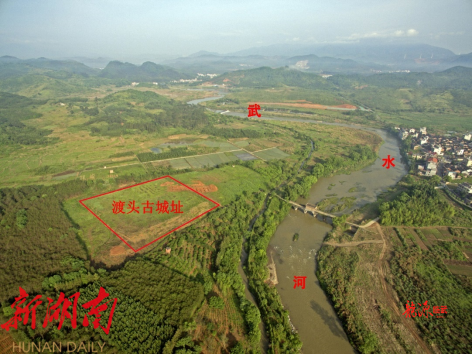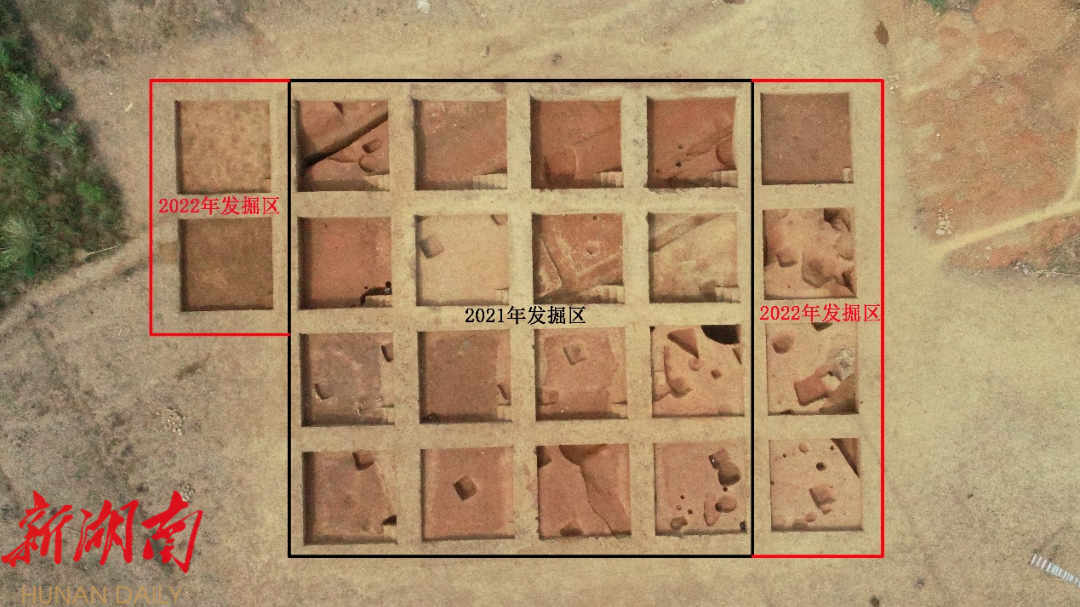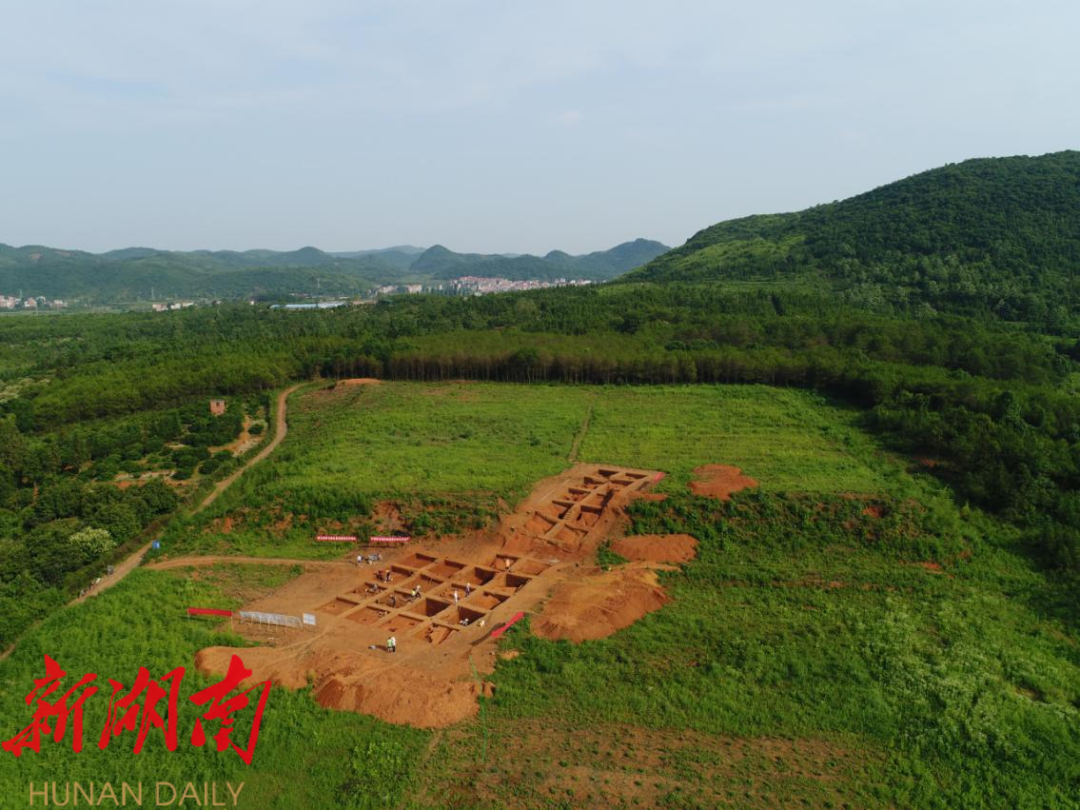Dutou Ancient City
2023-10-05
The site of Dutou Ancient City is located on the southern bank of Wushui River in Dutou Village, Fenshi Town, Linwu County, Chenzhou City. This archaeological site encompasses the ancient city ruins of Dutou and the surrounding tomb complex, dating back to the Han Dynasty to Six Dynasties period, covering an area of over 170,000 square meters.

Discovered during the second national census of cultural relics in 1986, the site was confirmed as an ancient city site in Han Dynasty. Between 1989 and 2009, the Bureau of Cultural Relics of Linwu County conducted several surveys of the site and discovered multiple tombs around the site.
In 2016, to better understand the Dutou Ancient City, archaeologists proactively conducted investigations and explorations of the site and its surrounding areas. They found that the remains of the Dutou Ancient City are well-preserved and approximately square in shape.

It consists of buildings, city walls, watchtowers, and moats. The length of the east and west city walls is around 105 to 110 meters, and the north and south city walls are around 100 to 103 meters long.
The width of the remaining walls ranges from 4 to 5 meters, with a height of 3 to 6 meters. Numerous burial complexes are found around the site, mainly located in the natural villages of Dutou, Nanfu, and Baishi.
Approved by the National Cultural Heritage Administration, the Hunan Archaeological excavated the site in 2017, and from 2019 to 2022.
They made partial excavations in the northern and southern moats, the inner and outer city sites, and the surrounding cemetery complex. Over 290 remains of various periods, primarily ranging from the Han Dynasty to Six Dynasties, were discovered. Hundreds of artifacts were unearthed, including potteryware, celadonware, bronzeware, ironware, silverware, and stone artifacts.

Dutou Ancient City is a settlement site. Through excavations of ancient city sites, tombs and living sites, the cultural significance of the sites, the architectural layout, historical development, and spatial relationships between city sites and burial grounds during different periods have been identified, providing important archaeological data for delving into the layout, development, and evolution of local cities in the Southern Hunan and Lingnan regions from the Han Dynasty to Six Dynasties period.
Dutou Ancient City serves as an important cultural carrier, offering an essential channel to understand the local culture and history.
Situated on the ancient Hunan-Guangdong road and the banks of Wushui River, Dutou Ancient City served as an important channel for people from the north to move south and advanced technologies of the Central Plains to be introduced to Lingnan.
The ancient city witnesses the integration of cultures and unity ethnic groups in the areas on the north side of the Nanling Mountains. It contributed significantly to the economic exchange, social development, and consolidation of a unified multi-ethnic nation on both sides of the Nanling Mountains.




